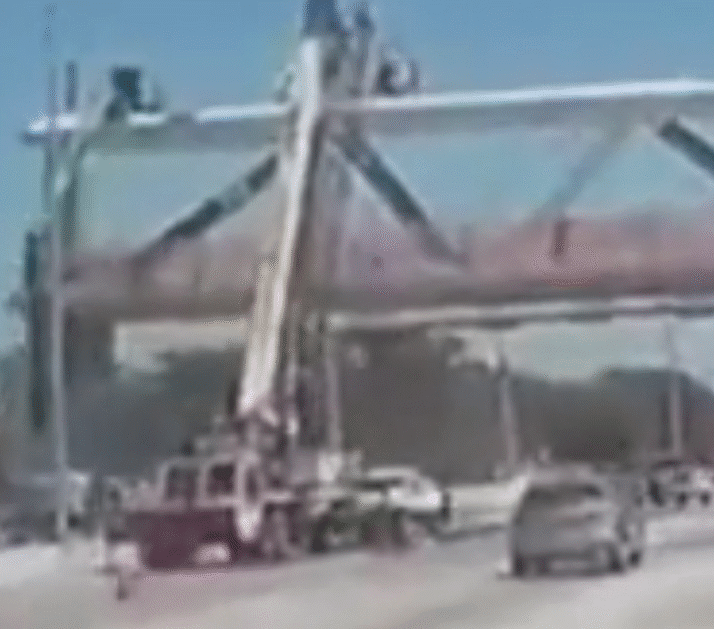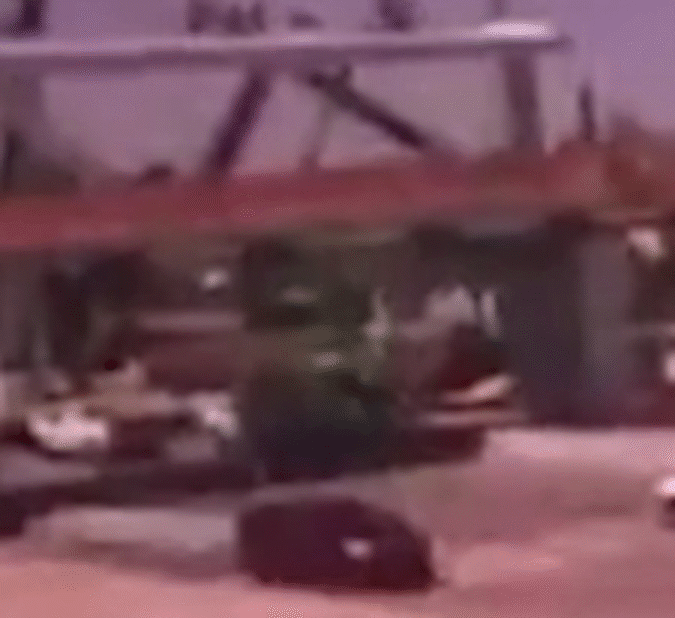Baluncore
Science Advisor
- 16,670
- 10,332
Yes. It was designed as a truss to survive installation, but something went wrong before the tower and final cable stays were installed.Greg Bernhardt said:So it was a sort of suspension bridge and at the time there was no suspension?
See; https://en.wikipedia.org/wiki/Cable-stayed_bridge#Comparison_with_suspension_bridge
I notice those extra stay cables keep the angle between the bottom plate and the central web of diagonals perpendicular, yet there were no similar stays to keep the top plate flat. It is as if the designer of the temporary stays forgot that the fundamental weakness of the long truss structure was buckling of the top plate in compression. The end bay of the top plate looks very open and vulnerable, yet that was the area that appears from above to be most crushed in the debris.jim hardy said:looking at nsaspook's picture from 7 there are stays i'd never noticed . So somebody was worried about at least one more degree of freedom
The end diagonal would have been under high compression due to web shear. I wonder if they re-tensioned those tendons, increasing that compression, when tension was not possible in that member.






